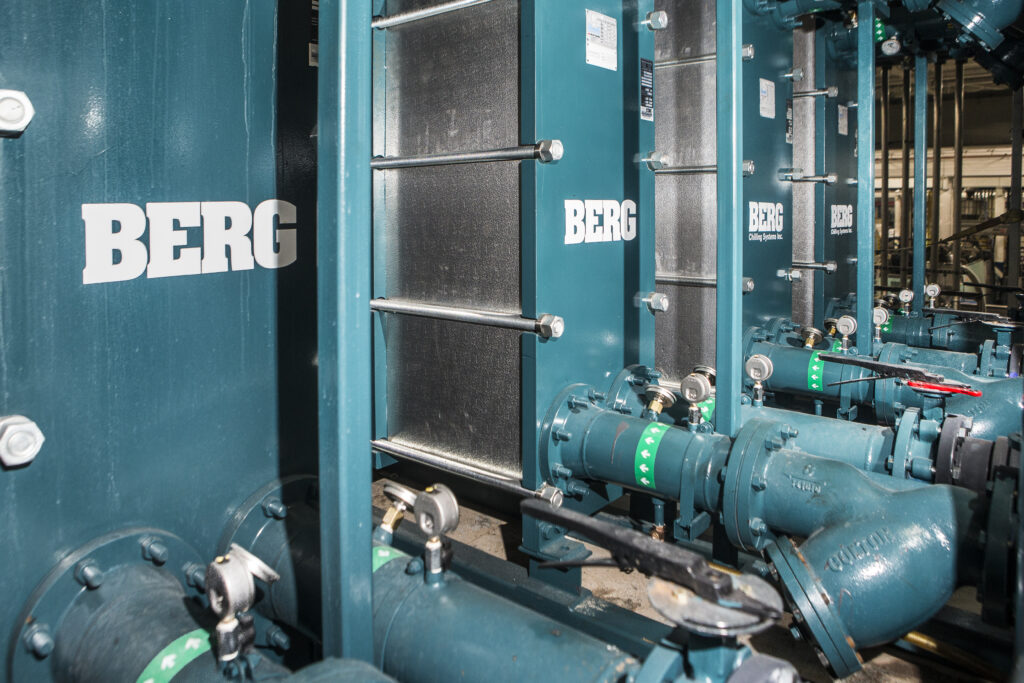
Previously, widespread use of R22 in the industrial refrigeration systems and its impending global phase-out have been discussed in earlier blog post. While the manufacturing of R22 systems ceased in 2010, with Canada and the US discontinuing its use by January 1, 2020, and Europe already successfully phasing it out. This transition presents both environmental imperatives and economic challenges.
The drive to phase out R22, due to its high Ozone Depletion Potential (ODP) and Global Warming Potential (GWP), is a direct response to its long-term environmental impacts. As we navigate the complexities of this transition, it's crucial to understand not just the environmental consequences of R22 usage but also the economic implications for industries adapting to new regulations. This article extends the discussion by analyzing the broader environmental consequences of R22 usage and the economic implications of its phase-out for industries, including the challenges and solutions for those still operating R22 systems.
R22, also known as Freon, has been a cornerstone of industrial refrigeration for decades. Its efficiency and reliability made it a popular choice in various applications, from large-scale food processing to pharmaceutical manufacturing. However, its environmental impact, primarily its contribution to ozone depletion and global warming, have led to a global initiative to phase it out.
Governments worldwide have implemented stringent regulations to enforce the R22 phase-out, with timelines for gradual reduction leading to a complete ban. These regulations vary in strictness, but generally, they impose deadlines for cessation of R22 use and penalties for non-compliance. Industries must strategically plan to comply with these regulations, adding an administrative and economic burden. Non-compliance risks legal consequences and potential reputational damage in a market increasingly conscious of environmental impacts.

The quest for R22 replacements has led to the development of several alternatives, including R410A, R134a, R513a and R407C. These refrigerants offer lower ODP and GWP, making them more environmentally friendly. Their performance characteristics and retrofitting compatibility vary, may require system modifications or replacements, necessitating careful consideration and often, system redesign.
At Berg, we have extensive experience in navigating these transitions, successfully replacing outdated R22 refrigeration systems with innovative alternatives. A closer look at our work and the positive impact it has generated, this experience positions us uniquely to guide our clients through the complexities of selecting and implementing the most suitable refrigeration technology post-R22.
Recognizing the need for sustainable alternatives, Berg specializes in designing industrial refrigeration systems compatible with a variety of eco-friendly refrigerants, including R410A, R134a, R513a, and R407C. Our systems are engineered to meet the diverse requirements of our clients, aligning with the highest environmental standards. Berg's commitment to innovation ensures that these alternatives not only address the environmental concerns associated with R22 but also deliver optimal performance and reliability.
Berg's expertise in thermal management solutions extends to providing tailored systems that utilize these advanced refrigerants. Our approach involves a deep understanding of our clients' unique operational requirements, enabling us to offer customized solutions that are both eco-friendly and efficient. Whether it's for new installations or retrofitting existing systems, Berg's range of refrigerant options ensures that your thermal management needs are met with the highest standards of environmental responsibility and energy efficiency.
Contact us today to find out more about how we can help with your specific refrigeration needs and ensure compliance with the latest environmental regulations.